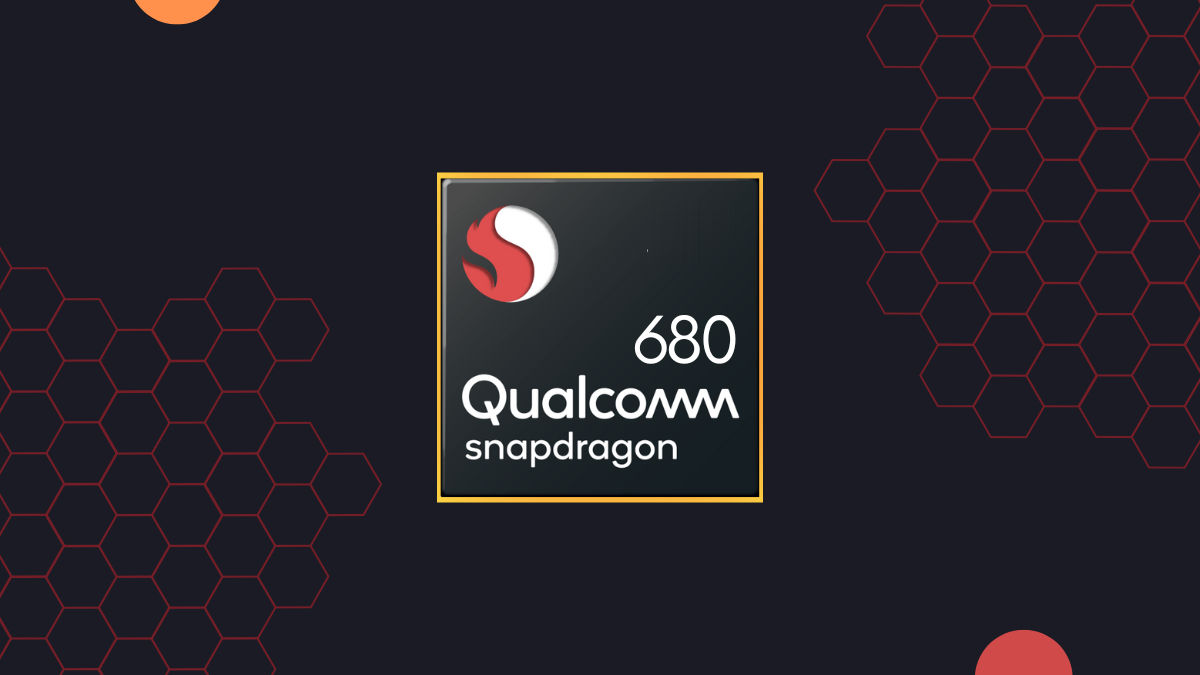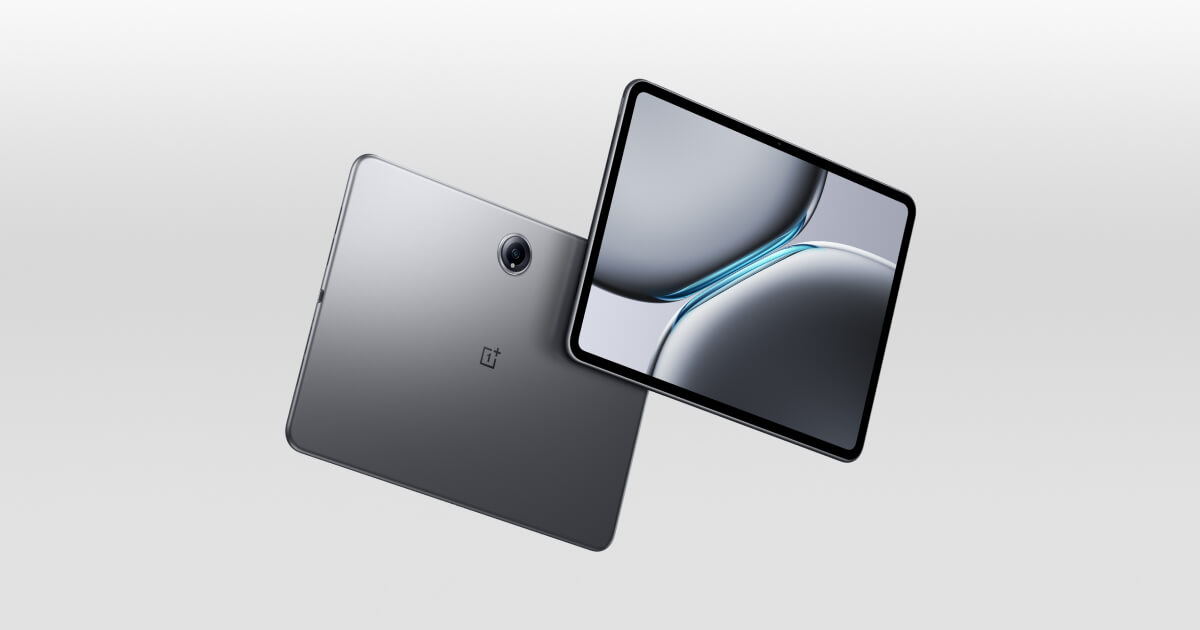- Explore
- Blog
- Exploring the Science Behind Snapdragon Chip Fabrication
Exploring the Science Behind Snapdragon Chip Fabrication


Snapdragon processors, developed by Qualcomm, stand as a cornerstone in the tech industry. These processors power a significant portion of Android devices, making them one of the most popular and advanced options available. Snapdragon chips are renowned for their efficiency and performance, which have become essential in the competitive mobile market. The process of how Snapdragon chips are made involves intricate design and fabrication techniques, ensuring they meet the high standards expected by consumers. This contentUnder a Creative Commons licenseopen access provides valuable insights into the science behind these processors, offering an educational perspective on their significance.
Case of Qualcomm Incorporated
Qualcomm's Role in Chip Design

Qualcomm plays a pivotal role in the design of Snapdragon processors. The company focuses on creating efficient and powerful chips that cater to the needs of modern devices. One of the key elements in their design strategy is the use of the RISC Architecture. This architecture simplifies the instructions that a processor must execute, allowing for faster processing speeds and improved energy efficiency. Qualcomm has successfully integrated RISC architecture into its designs, which has led to the shipment of over 650 million RISC-V cores. This achievement highlights Qualcomm's commitment to innovation and performance.
Use of RISC Architecture
The Reduced Instruction Set Computer (RISC) architecture forms the backbone of Qualcomm's chip design. By utilizing RISC, Qualcomm ensures that its processors can handle complex tasks with minimal power consumption. This architecture is particularly beneficial for mobile devices, where battery life is a critical factor. Qualcomm's adoption of RISC architecture has also paved the way for collaborations with tech giants like Google. Together, they aim to bring RISC-V-based systems-on-chips (SoCs) to the market, enhancing the capabilities of wearables and other smart devices.
Innovations in Design
Qualcomm consistently pushes the boundaries of chip design through continuous innovation. The company invests heavily in research and development to create processors that offer superior performance and efficiency. Qualcomm's innovations include advancements in multi-core processing, enhanced graphics capabilities, and improved connectivity features. These innovations not only boost the performance of devices but also ensure that Qualcomm remains at the forefront of the competitive tech industry.
Importance of Design in Performance
The design of a chip significantly impacts its performance. Qualcomm understands this and prioritizes design excellence to deliver high-performing processors. The company's focus on design translates into tangible benefits for end-users, such as faster processing speeds and longer battery life.
Impact on Device Efficiency
Qualcomm's emphasis on design directly influences device efficiency. By optimizing the interaction between the central processing unit (CPU), digital signal processor (DSP), and graphics processing unit (GPU), Qualcomm ensures that its processors deliver exceptional performance without draining the battery. This efficiency is crucial in today's fast-paced world, where users demand devices that can keep up with their needs.
Real-world Examples
Several real-world examples demonstrate the impact of Qualcomm's design prowess. Snapdragon processors power a wide range of devices, from smartphones to tablets, providing users with seamless experiences. For instance, flagship smartphones equipped with Snapdragon chips often lead the market in terms of performance and battery life. These devices showcase Qualcomm's ability to translate innovative designs into practical, user-friendly solutions.
How Snapdragon Chips Are Made

Role of Third-party Foundries
Qualcomm relies on third-party foundries to manufacture Snapdragon chips. These foundries, such as TSMC and Samsung, play a crucial role in the production process.
TSMC and Samsung's Involvement
TSMC, located in Taiwan, and Samsung, based in South Korea, have the expertise and technology required for the complex manufacturing process. Their involvement ensures that Snapdragon chips meet the rigorous standards set by Qualcomm.
Reasons for Outsourcing Fabrication
Qualcomm outsources fabrication to third-party foundries for several reasons. First, building and maintaining fabrication facilities require significant investment. By outsourcing, Qualcomm can focus on designing innovative System-on-Chip (SoC) solutions without the burden of managing costly manufacturing plants. Second, third-party foundries offer cutting-edge technology and expertise, which enhances the quality and performance of Snapdragon chips. This strategy allows Qualcomm to bring flagship processors to market quickly and efficiently.
Technical Aspects of Fabrication
The fabrication of Snapdragon chips involves intricate technical processes. These processes ensure that the chips function effectively in various devices.
Layering Process on Silicon Wafers
The layering process on silicon wafers forms the foundation of chip fabrication. Manufacturers build up layers of interconnected patterns on the wafers, creating the intricate circuits necessary for chip functionality. This process requires precision and involves hundreds of steps. Each layer contributes to the overall performance and efficiency of the chip.
Advancements in Technology Nodes
Advancements in technology nodes have significantly impacted how Snapdragon chips are made. As technology progresses, nodes become smaller, allowing for more transistors on a single chip. This reduction in size enhances performance and reduces power consumption. Qualcomm's use of advanced technology nodes, such as the upcoming 3nm technology, demonstrates its commitment to innovation and efficiency. These advancements ensure that Snapdragon chips remain competitive in the ever-evolving tech industry.
Implications and Future Developments
Impact on Performance and Cost
Cost Efficiency
Qualcomm's strategy of outsourcing fabrication to third-party foundries like TSMC and Samsung enhances cost efficiency. By leveraging these partnerships, Qualcomm avoids the substantial expenses associated with building and maintaining its own fabrication facilities. This approach allows Qualcomm to allocate resources towards research and development, driving innovation in Snapdragon processors. The coopetition process between Qualcomm and its foundry partners exemplifies a strategic alliance that benefits both parties. Qualcomm gains access to cutting-edge manufacturing technologies, while the foundries secure a steady stream of business. This coopetition process ensures that Snapdragon chips remain competitively priced, offering consumers high-performance options without exorbitant costs.
Performance Enhancements

Snapdragon processors consistently deliver performance enhancements with each new generation. The upcoming Snapdragon 8 Gen 4, for instance, promises significant improvements over its predecessors. It features a 2+6 core configuration, with two high-performance Oryon cores and six efficiency Phoenix cores. This design aims to achieve impressive benchmark scores, potentially reaching 3,500 points in single-core and over 10,000 in multi-core tests. Such advancements highlight Qualcomm's commitment to pushing the boundaries of chip performance. By examining the coopetition process through the lens of competitive dynamics, one can see how Qualcomm's collaboration with foundries like TSMC enables these performance leaps. The integration of advanced technology nodes, such as the 3nm process, further enhances the capabilities of Snapdragon processors, ensuring they meet the demands of modern applications.
Future of Snapdragon Processors
Snapdragon 8 Gen 4 and 3nm Technology

The Snapdragon 8 Gen 4 represents a significant milestone in Qualcomm's roadmap. Built on TSMC's 3nm technology, this SoC promises to deliver unprecedented performance and efficiency. The transition to smaller technology nodes allows for more transistors on a single chip, boosting computational power while reducing energy consumption. This advancement aligns with the competitive dynamics to examine in the tech industry, where companies strive to outpace each other in terms of innovation and performance. Qualcomm's focus on the Snapdragon 8 Gen 4 underscores its dedication to staying at the forefront of mobile processor technology.
Potential Innovations
Looking ahead, Qualcomm continues to explore potential innovations that could redefine the capabilities of Snapdragon processors. The company's research and development efforts focus on enhancing AI performance, improving connectivity features, and optimizing energy efficiency. By examining the coopetition process with its partners, Qualcomm identifies opportunities to integrate emerging technologies into its products. This forward-thinking approach ensures that Snapdragon processors remain relevant in an ever-evolving tech landscape. As Qualcomm navigates the competitive dynamics of the industry, it remains poised to introduce groundbreaking features that will shape the future of mobile computing.
The fabrication process of Snapdragon chips involves intricate steps, from design to production. Qualcomm collaborates with third-party foundries like TSMC and Samsung to ensure high-quality manufacturing. This partnership allows Qualcomm to focus on innovation while maintaining cost efficiency.
"Snapdragon processors have revolutionized the tech industry with their performance and efficiency," says a tech analyst.
The future of Snapdragon processors looks promising. With advancements in technology nodes and potential innovations, Qualcomm aims to enhance AI capabilities and connectivity features. Snapdragon processors will continue to shape the future of mobile computing.














